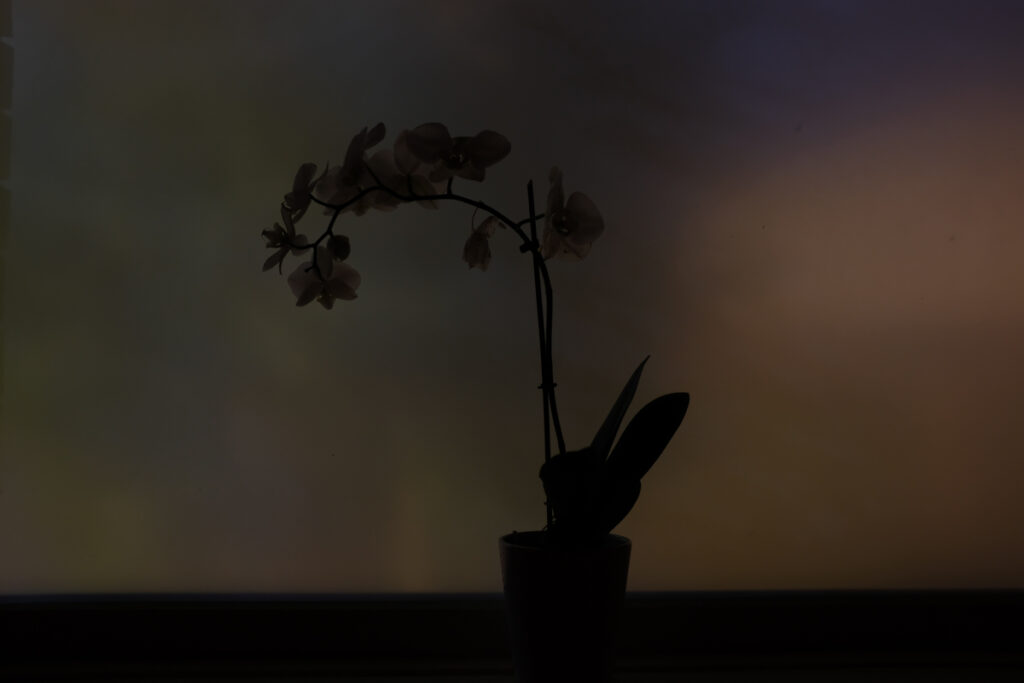
A couple of weeks ago I shared an image of an Indian Paintbrush flower (also called Prairie Fire, among many other names) that kind of continued an unspoken tradition I have had here on Weekly Fifty, which is to share similar shots such as that one each Spring when these flowers pepper the yards and fields and countrysides of Oklahoma. The image wasn’t anything extraordinarily special but it was worth posting, in that I enjoyed the experience of taking the picture and learned a few things from it as well. Or at least continued learning a few things, since I feel like I still have a long way to go when it comes to flower photographs, but every little bit helps, eh? Not long after I shot the other one I took the picture you see here, which is kind of an evolution of the original and, in my opinion, a much better shot due to a couple of important compositional elements. Basically, I learned a few things with the picture I posted at the end of May, and then I got the chance to use them on the shot you see today :)
To start with, this flower feels alive, vibrant, and colorful in a way that leaves its counterpart seem flat and uninteresting by comparison. The backlighting not only makes the red petals practically pop out of the frame, creates compelling accents on the dozens of white flowers behind and in front of it too. I like how the flower is slightly off-center, which gives the shot some room to breathe and allows for the top-right corner to be dominated by some very dark greens as well as some spots of white light as the sun shows through the trees. Finally, the foreground elements create a sense of depth and three-dimensionality (is that even a word?) that’s missing on the other shot.
It’s important to note that any of my above comparison analysis between this image and the other one should not be taken as criticisms of the earlier picture. One thing I stress over and over here on Weekly Fifty is that I try to approach photography as a continual learning process, and an ever-expanding continuum with no endpoint. Essentially, there’s always room to grow and new things to learn, and one of the best ways to do that is to examine earlier images and apply lessons to future photos. It doesn’t mean the earlier shots are bad, just that there’s always something to learn, new techniques to try, and ways to build skills from the foundations that came before. That’s my goal here, and I hope it’s your goal also. It’s like Andy Dufresne said to his friend Red: get busy living, or get busy dying. Except in this sense, just replace living with learning, grab your camera, and get to work :)




